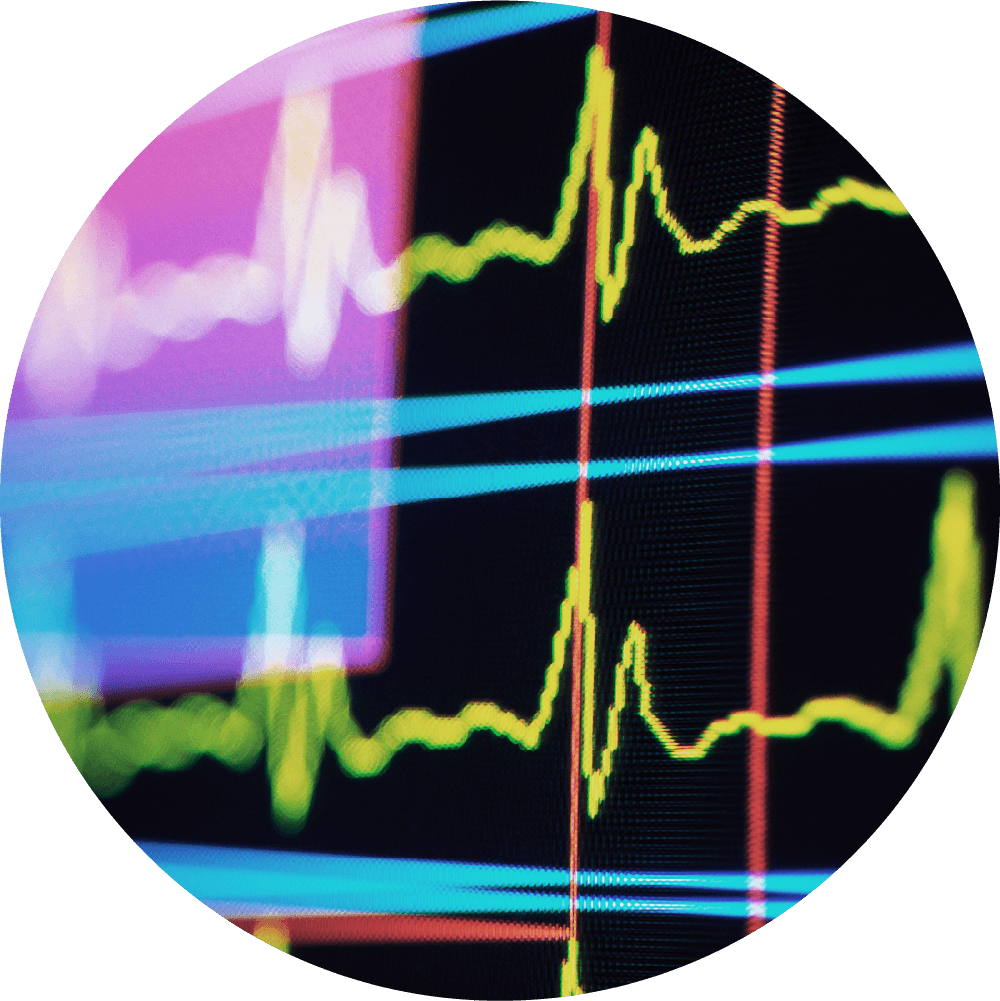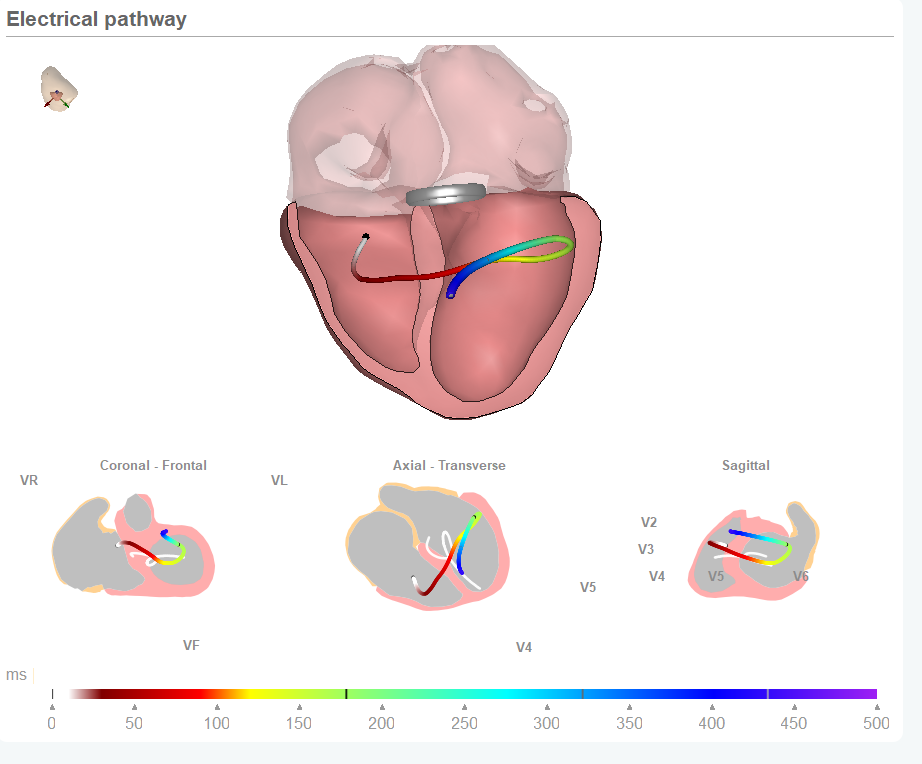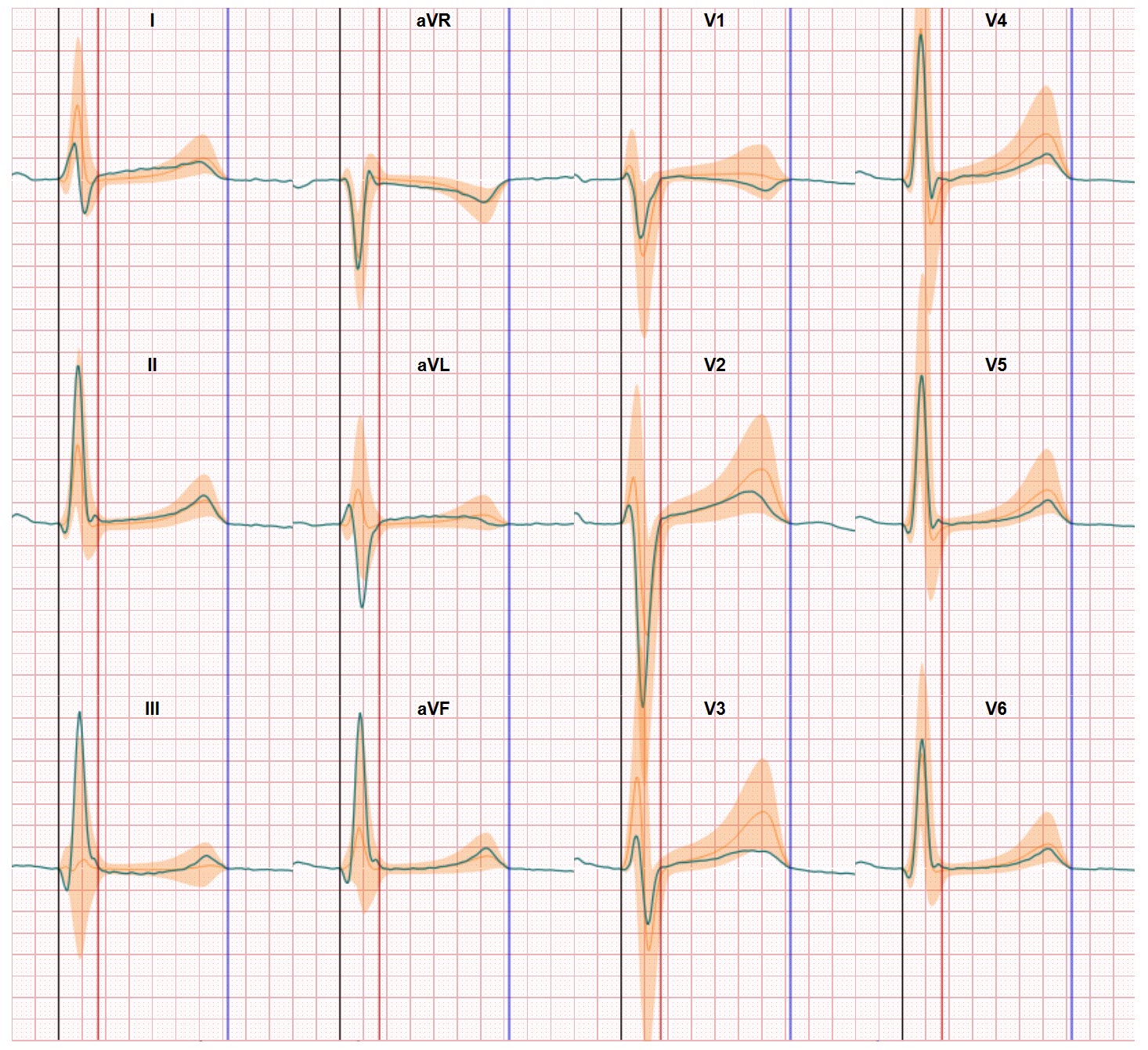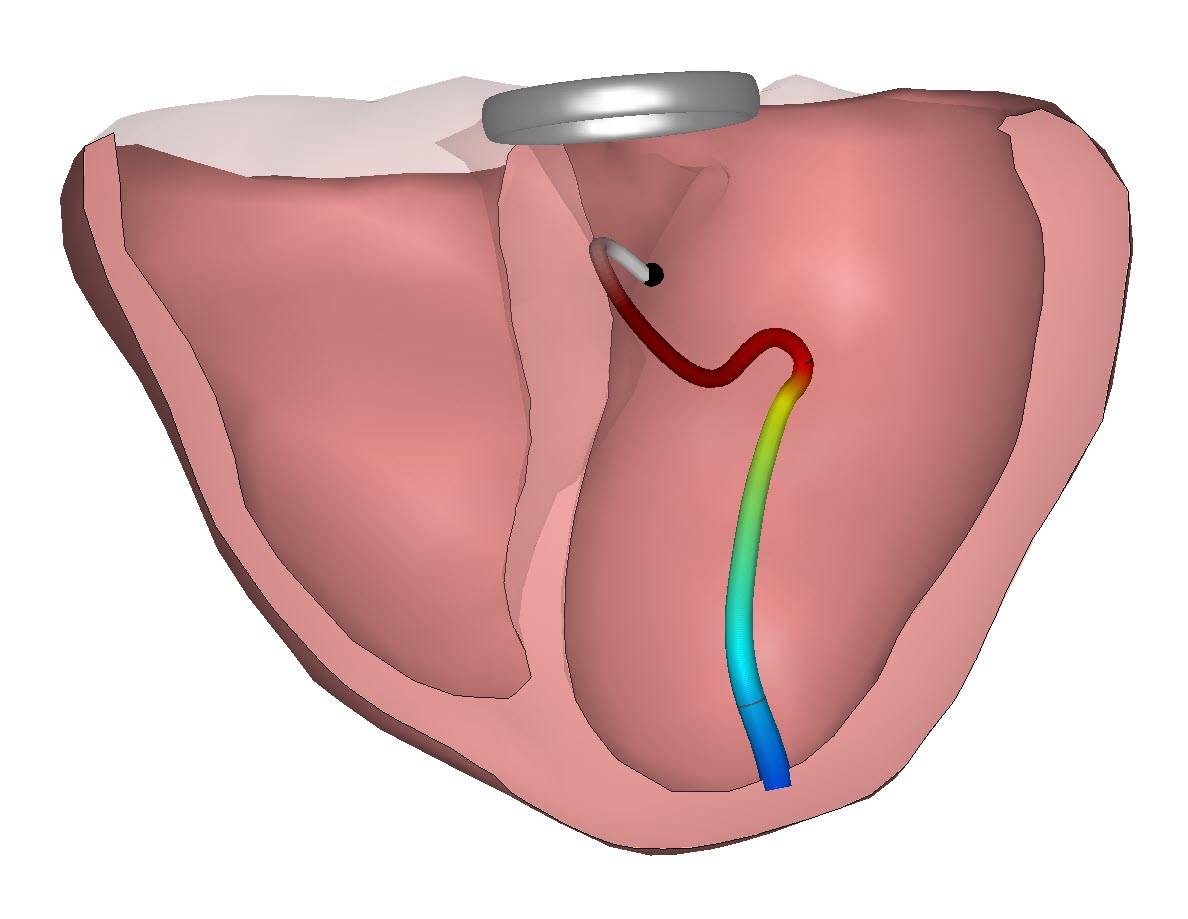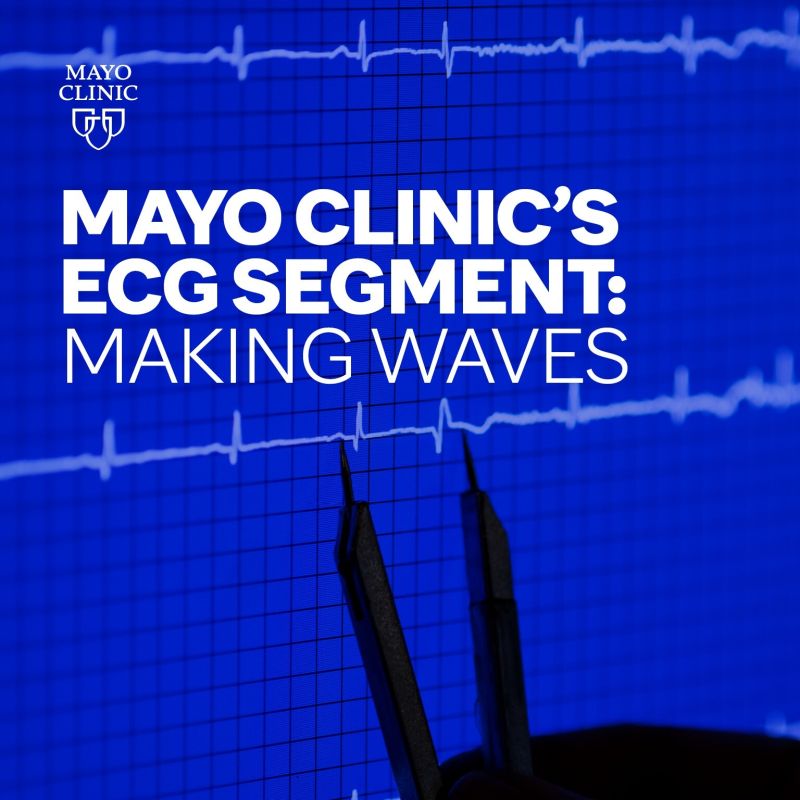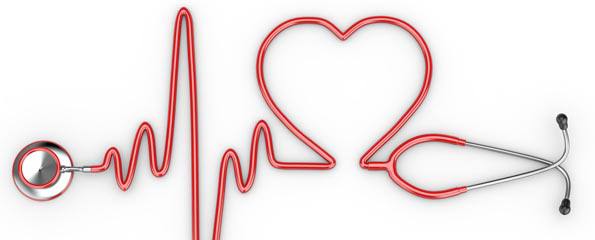Understanding ECG the easy way is still a struggle for most physicians. In a recent interview Dr Anthony Kashou MD states “It’s difficult to imagine something more central to the practice of medicine than the performance and interpretation of the ECG”. And the crash course most physicians-to-be get in the education is just touching the basics. On average a general practitioner has received only a couple of hours in ECG basics and ECG interpretation and this is the same for most physicians. And as Kashou states: the ECG is used far beyond the realm of cardiologists. “There are EMS, emergency physicians, critical care providers, nurses, anesthesiologists—the list goes on and on. These are people who are on the front lines who use the ECG to triage appropriate care for patients.”
To quote Kashou: “ECG interpretation is a challenging cognitive skill set that demands a considerable amount of time and effort to develop Novice operators may mistakenly believe that electrocardiography simply boils down to memorizing a bunch of patterns, rules, or intricate characteristics that define a specific heart rhythm or cardiovascular condition.”
Dr. Kashou, who is a driving force behind the website The EKG Guy which is a great platform to learn ECG interpretation. And Dr. Kashou, with his EKG Guy team is also involved in the EDUCATE project which stands for Education and Curriculum Assessment for Teaching Electrocardiography). This project is focused on improving thew ways ECG interpretation is taught.
With our new CineECG technology we think there’s an additional path in improving ECG interpretation beside education. Because, the ECG technology has been improved in the past century by using electronics, better amplifiers, improved conduction materials in the electrodes, software based analysis and recently artificial Intelligence the basic data are still the ECG graphs which represent the potential differences measuring on the skin. And these 2 dimensional graphs are both influenced by factors such as heart orientation, electrode positions, patient body build but also difficult to read in their subtle deviations because there’s not really a good vision on what’s a normal ECG waveform.
As Dr. Kashou emphasizes. So instead of memorizing what specific heart diseases look like in an ECG, a physician should start with the base and that’s a normal ECG. “Once clinicians understand these basic components, along with the patient’s clinical context, they can then start to see how deviations from those normal waveforms can indicate clinical concerns”
Understanding ECG the easy way with CIneECG
And this is the starting point of CineECG. CIneECG starts with the normal ECG pathway through the heart and then compares the recorded patient ECG with the normal pathway and the normal amplitudes. And CineECG presents new views of the same ECG data (recorded with standard equipment) which support the conversion from 2D graphs to the 3 Dimensional reality of the heart anatomy.
It’s with great pleasure we can now introduce a new video which introduces CIneECG, the normal ECG pathway and some heart conduction disorder examples. In this case a Left and Right Bundle Branche Blocks. You can watch the video by clicking on this LINK
In making this video we had the privilege to spar with Dr. Kashou for which we are grateful. There’s much more to see in the ECG and it’s our ambition to contribute to strengthening the position of the ECG as the number 1 option for non-invasive, rapid, low cost heart diagnostics. Understanding ECG the easy way is the way forward!
